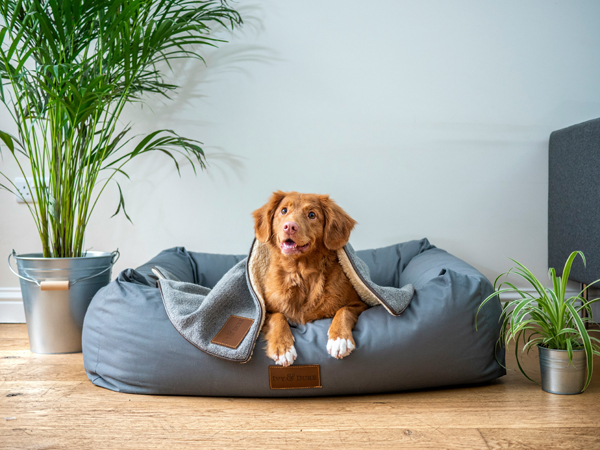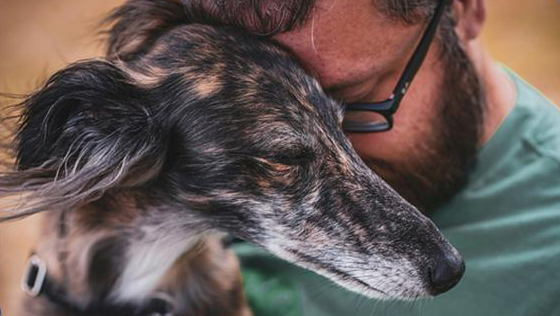
Did you know that around 20% of Australians experience mental health challenges? Everyone’s story is different, but one thing is clear, pets have an amazing ability to bring comfort, connection, and happiness into our lives.
Whether it’s the soft purring of a cat or the enthusiastic tail wag of a dog, pets are incredible companions. They help reduce anxiety, ease feelings of isolation, and even improve physical health. Having a pet around offers a sense of purpose, routine, and unconditional love—all things that can make a huge difference to our wellbeing. Continue reading “The Power of Pets: Dogs and Cats Boost Our Wellbeing”
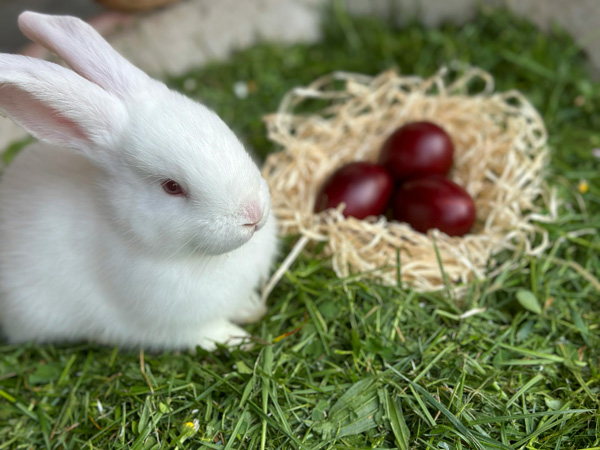
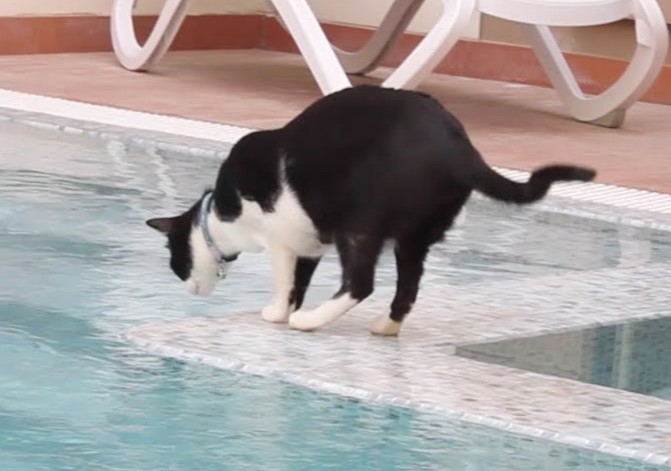



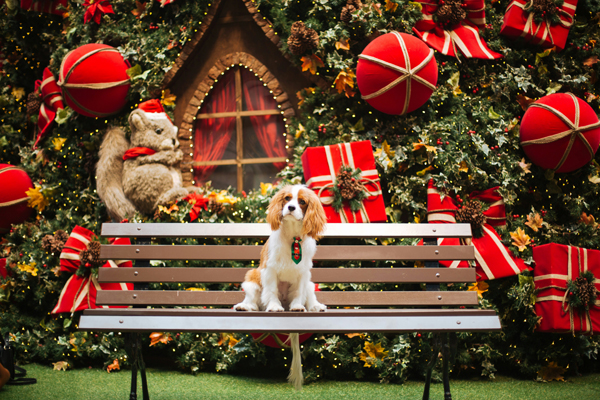
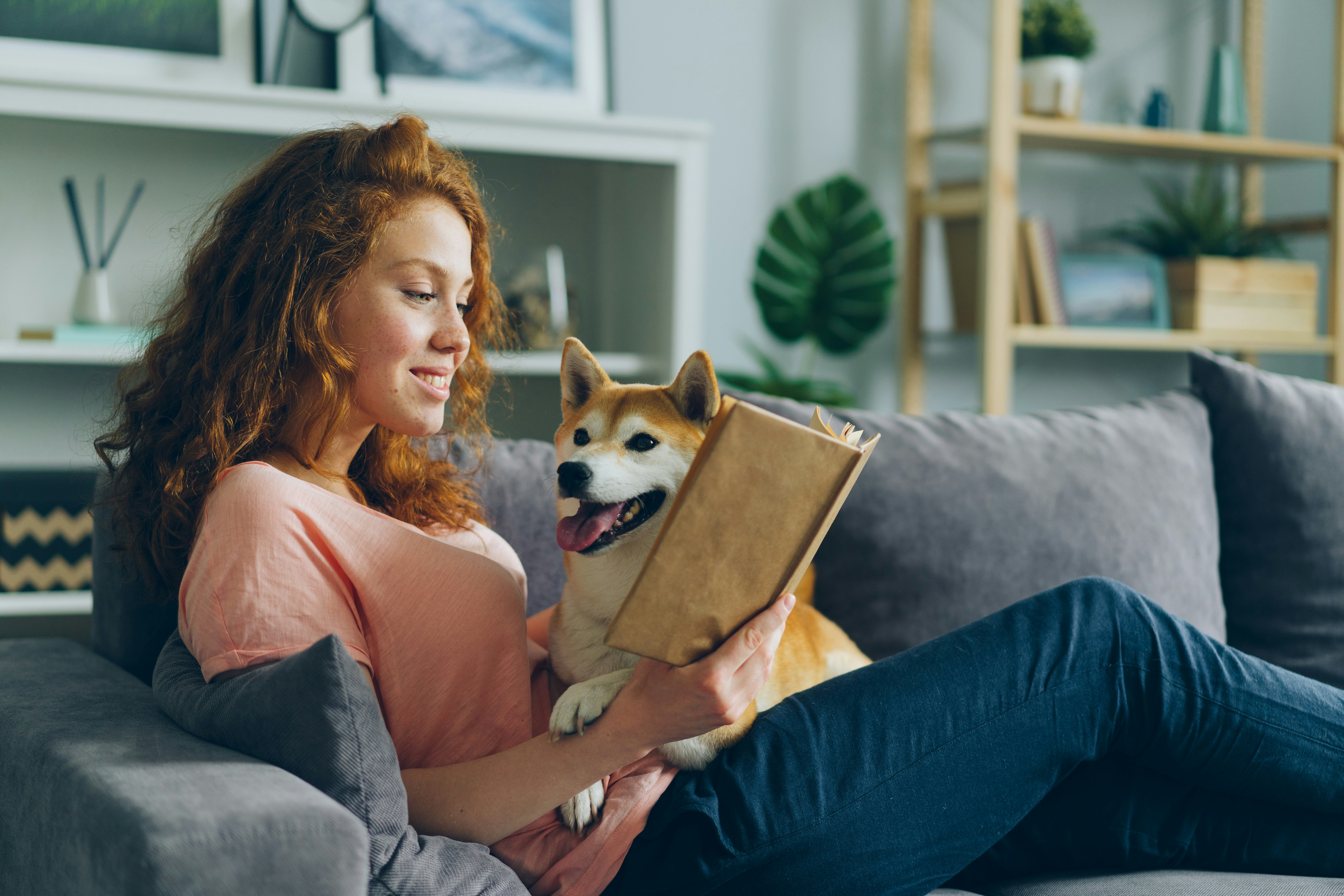 Reading can be a transformative experience, taking us to incredible worlds, discovering unique perspectives, learning new information and skills, and much, much more.Interestingly, a good page-turner can also have a positive effect on our pets.
Reading can be a transformative experience, taking us to incredible worlds, discovering unique perspectives, learning new information and skills, and much, much more.Interestingly, a good page-turner can also have a positive effect on our pets.
